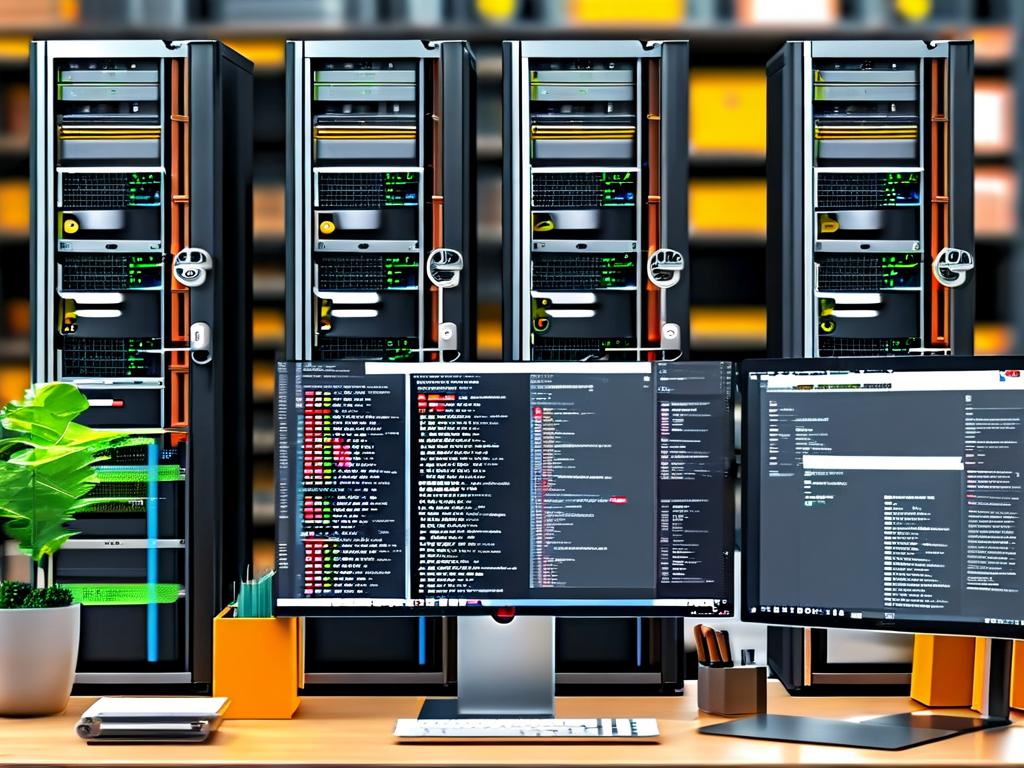In today's fast-paced software development landscape, automated deployment has become a cornerstone of efficient DevOps practices. By eliminating manual interventions and reducing human error, automated deployment accelerates delivery cycles while maintaining system reliability. This article explores six prominent automated deployment approaches, their implementation strategies, and real-world applications.

1. Continuous Deployment (CD)
Continuous Deployment represents the pinnacle of automation, where every code change passing automated tests is automatically released to production. Platforms like Netflix and Etsy pioneered this approach, deploying updates dozens of times daily. Key components include:
- Pipeline Automation: Tools like Jenkins, CircleCI, or GitHub Actions manage build-test-deploy workflows
- Feature Flags: Enable gradual feature rollouts without code branching
- Monitoring Integration: New Relic or Datadog provide instant performance feedback
While CD maximizes deployment frequency, it requires robust test coverage (85%+) and cultural readiness for frequent production changes.
2. Blue-Green Deployment
This zero-downtime technique maintains two identical environments ("blue" and "green"). Traffic switches completely between environments during updates. Major cloud providers like AWS and Azure natively support this through load balancers. Benefits include:
- Instant rollback capability
- Eliminated version mismatch risks
- Simplified disaster recovery
Spotify uses blue-green deployments for its backend services, achieving sub-second failover during updates.
3. Canary Releases
Inspired by mining safety practices, canary deployments gradually expose new versions to subsets of users. Techniques include:
- Traffic Splitting: Route 1-5% of users initially using Istio or Linkerd
- Geographical Staging: Test in specific regions first
- User Segmentation: Target internal/external groups differently
Microsoft Teams employs canary releases to validate updates with employee users before public rollout, catching 40% more edge-case issues.
4. Rolling Updates
Common in containerized environments, this method incrementally replaces old instances with new ones. Kubernetes' rolling update strategy exemplifies this approach:
- Pod-by-pod replacement
- Health check verifications
- Automatic rollback thresholds
While resource-efficient, rolling updates temporarily run mixed versions, requiring backward compatibility.
5. Infrastructure-as-Code (IaC) Deployment
Terraform and AWS CloudFormation enable automated environment provisioning. Key patterns:
- Immutable Infrastructure: Replace servers rather than modify
- Version-controlled Configurations: Track infrastructure changes like application code
- Policy-as-Code: Enforce security/compliance rules automatically
Financial institutions like Capital One use IaC to manage 10,000+ AWS resources with audit-compliant deployment processes.
6. A/B Testing Deployment
Combining deployment with experimentation, this approach serves different versions to measure business metrics. Tools like Optimizely or Firebase Remote Config enable:
- Statistical significance validation
- Multi-variable testing
- Real-time performance monitoring
Airbnb famously increased bookings by 12% through A/B-tested UI deployments.
Implementation Best Practices
-
Pipeline Design:
- Parallelize test stages
- Implement artifact repositories
- Use ephemeral environments
-
Monitoring:
- Establish deployment health metrics (error rates, latency)
- Implement automated rollback triggers
- Track deployment lead time
-
Security:
- Scan artifacts for vulnerabilities
- Rotate secrets automatically
- Encode compliance checks in pipelines
Challenges and Solutions
- Database Migrations: Use backward-compatible schema changes (expand/contract pattern)
- Stateful Services: Implement leader election patterns in Kubernetes
- Multi-cloud Deployments: Adopt CNCF cross-cloud tools like KubeEdge
Leading organizations report 90% faster recovery times and 60% reduction in deployment failures after implementing automated deployment strategies. As AI-powered deployment systems emerge, future advancements may include predictive rollback systems and self-optimizing pipelines. By selecting appropriate deployment methods and continuously refining processes, teams can achieve seamless, reliable software delivery at scale.









